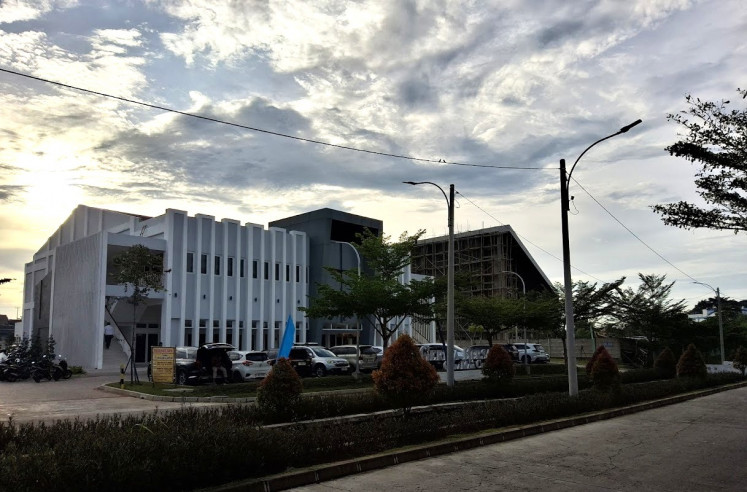Popular Reads
Top Results
Can't find what you're looking for?
View all search resultsPopular Reads
Top Results
Can't find what you're looking for?
View all search resultsThe hidden threat: Inflation beneath the surface
The government and the central bank are in a tight spot as global uncertainties shrink the room for measures that support growth amid the rupiah depreciation, US tariffs and higher inflation expectations, but an expansionary approach and good policy communication will go a long way toward reducing future risks.
Change text size
Gift Premium Articles
to Anyone
I
ndonesia’s inflation rate is claimed to be under control. However, a closer examination of the consumer price index (CPI) reveals that inflation could become a ticking time bomb, posing risks to the country’s future economic stability.
According to Statistics Indonesia (BPS), the headline inflation rate from January to March 2025 was notably low at respectively 0.76 percent year-on-year (yoy), 0.09 percent yoy and 1.03 percent yoy for each month. These figures have consistently fallen below the lower threshold of the 1.5-3.5 percent target range of Bank Indonesia (BI). Low inflation in the first two months was largely attributed to the government’s 50 percent electricity discount.
Meanwhile, core inflation, which excludes volatile food prices and administered prices, stood at 2.36 percent yoy, 2.48 percent yoy and 2.48 percent yoy over the same three-month period. However, it would be inaccurate to interpret this as a sign of strengthening domestic demand.
The rise in core inflation was not driven by demand-pull factors but rather a surge in gold prices and cost-push pressures, particularly imported inflation stemming from the depreciation of the rupiah, which has weakened more than 4 percent year-to-date (ytd), making it one of the worst-performing currencies in Asia.
When adjusted for the effects of the electricity discount and the increase in gold prices, headline inflation in January-March 2025 stood at 1.89 percent yoy, 1.65 percent yoy and 1.57 percent yoy, respectively, higher than the realized rates.
In contrast, adjusted core inflation was lower at respectively 1.80 percent yoy, 1.81 percent yoy and 1.78 percent yoy, in line with weakening consumer purchasing power, particularly among the middle class.
Even adjusted core inflation showed a declining trend in March, even though the Ramadan-Idul Fitri period typically experiences demand-side pressures driven by effects of the holiday season. This indicates that inflationary pressures persist, not as a result of improved demand conditions, but rather due to supply-side risks.



















